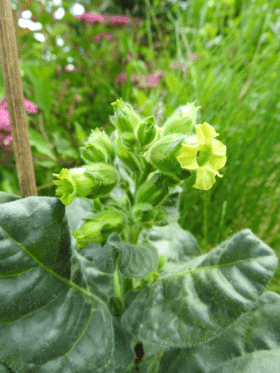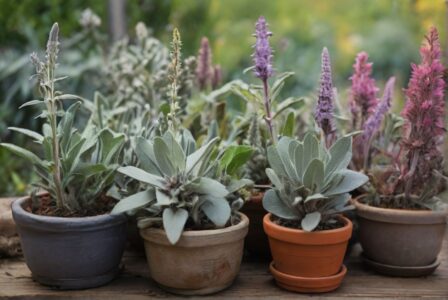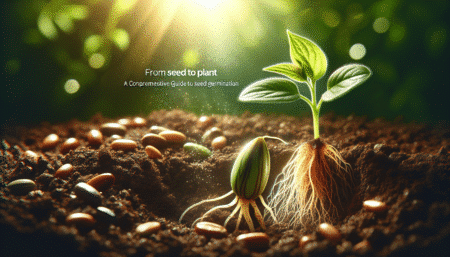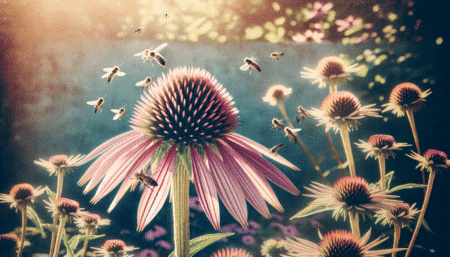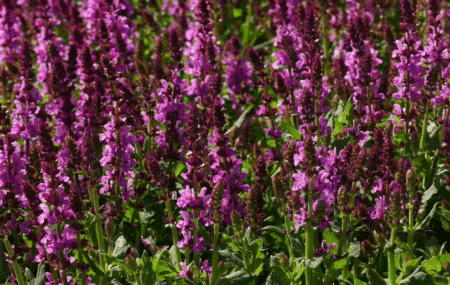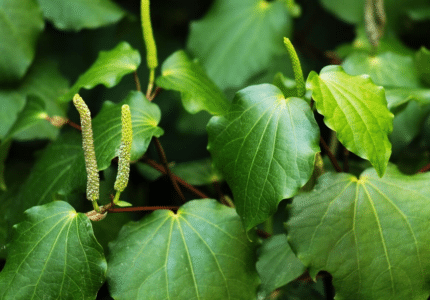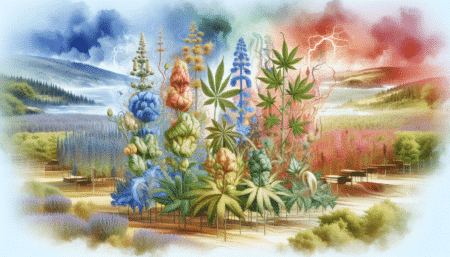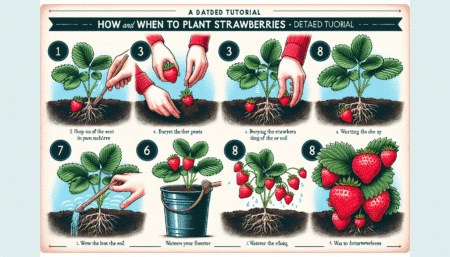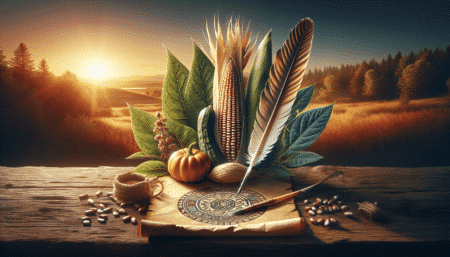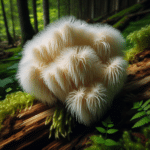- General information
- History
- Tobacco in shamanism
- Growing tobacco
- Applications
- Harvest tobacco
- Correct drying
- Dangers and side effects
- Conclusion
You can find our tobacco seeds here!
The tobacco plant
The tobacco plant - a versatile plant that is used in different cultures and for different purposes. In this blog article, you can find out everything you need to know about the tobacco plant: from its history and uses to how to harvest and dry it correctly. But be careful, because in addition to its positive properties, tobacco also has dangers and side effects. Immerse yourself in the fascinating world of this plant and find out why it has played an important role for centuries.
1. general
Everyone is probably familiar with the tobacco plant, but how much do we actually know about it? The tobacco plant belongs to the nightshade family and originally comes from South America. Thousands of years ago, it was cultivated by the continent's indigenous peoples and used as a remedy and in religious ceremonies. Over time, the plant spread to other continents, where it is also cultivated and used. Today, tobacco is primarily known as the basis for cigarettes, but there are many other uses for the plant, which we will look at in more detail below.
2. history
Tobacco is a plant that is known all over the world and has a long history in many cultures. Thousands of years ago, indigenous peoples in the Americas cultivated tobacco and used it for various purposes. Tobacco cultivation has played an important role in the economy of many countries over the centuries and was an important factor in the creation of the transatlantic trade network. However, the history of tobacco is not only characterized by its economic importance, but also by its cultural and religious significance. In many shamanistic traditions, tobacco is regarded as a sacred herb and is used to communicate with the spirits. Even today, tobacco still plays a major role in various spiritual practices.
3. tobacco in shamanism
Tobacco plays an important role in shamanism. The use of tobacco in shamanic rituals has a long tradition and is deeply rooted in indigenous culture. Tobacco is regarded as a sacred herb that enables contact with the spirits and can help with various ailments. In shamanic ceremonies, tobacco smoke is often used to invoke the spirits or to perform purification rituals. By inhaling the smoke, negative energies are supposed to be removed to make room for positive energy. However, it is important to point out that this is not about the use of tobacco as a drug, but about the spiritual use of the herb in shamanic practices.
4. grow tobacco
Growing tobacco is an art in itself. It takes a lot of knowledge and patience to successfully grow the tobacco plant. First, you need to find the right soil that is nutrient-rich and well-drained. Then you need to sow the seeds in small pots or directly outdoors and water them regularly. Once the plants are big enough, they need to be transplanted so that they have enough space to grow. Throughout the growing process, it is important to keep an eye out for pests such as caterpillars or aphids and take measures to prevent them from spreading if necessary. When the plants are finally fully grown, they can be harvested and must then be properly dried before they can be processed further. Although growing tobacco can be difficult, it is worthwhile for many people as a hobby or for self-sufficiency.
5. applications
Another interesting aspect of the tobacco plant is its applications. The best known is certainly smoking tobacco, but the plant is also used in many other areas. In medicine, it is used in the form of nicotine patches or chewing gum to help with smoking cessation. Tobacco is also used in naturopathy, for example as an ingredient in ointments for skin diseases or as an inhalant for colds. The plant is also used for ritual purposes, for example in shamanism or Indian ceremonies. There are therefore many different uses for the tobacco plant beyond traditional smoking and it is worth taking a closer look.
6. harvest tobacco
To harvest tobacco, it is important to wait for the right time. When the leaves of the tobacco plant have a yellow edge and are slowly turning brown, they are ready for harvesting. It is advisable to pick the leaves one by one from the bottom upwards, making sure that only ripe leaves are harvested. The leaves should not be crumpled or damaged. After harvesting, the leaves must be carefully sorted and dried to ensure good quality tobacco. Drying can take place in various ways: either in the air or in special drying chambers with controlled temperature and humidity.
It is important to turn the tobacco regularly and watch out for mold growth. Another important aspect of harvesting tobacco is wearing gloves and a face mask to protect against the toxic substances in the sap of the plant. There are also special tools for harvesting tobacco leaves, such as the "tobacco claw". If you want to grow your own tobacco, you should inform yourself sufficiently about the process beforehand and observe all the necessary safety measures.
7 Correct drying
The correct drying of tobacco is an important step to ensure good quality and taste of the end product. After harvesting, the tobacco leaves should be dried as quickly as possible to avoid possible mold growth. It is important that the leaves do not dry too quickly, otherwise they may lose their flexibility and break. Slow drying at a low temperature is therefore recommended. Ideally, the tobacco should be hung in a well-ventilated room and turned regularly to ensure even drying. The duration of the drying time depends heavily on the climatic conditions and can vary between 2-4 weeks. Another important factor in ensuring good tobacco quality is storage after drying. The tobacco should be stored in an airtight container in order to eliminate the risk of reabsorption of moisture.
8. dangers and side effects
Tobacco has long been known for its numerous uses, from medicinal to ritual purposes. However, as with any substance, there are dangers and side effects of the tobacco plant that should be kept in mind. One of the most obvious dangers is smoking tobacco products, which is known to cause health problems. But chewing or snuffing tobacco can also have negative effects on the body. It can lead to addictive behavior, raise blood pressure and increase the risk of cardiovascular disease and various types of cancer. It is important to be aware of these potential risks and carefully consider whether or not to use tobacco products. If you decide to do so, you should do so responsibly and stick to the recommended dosages.
9. conclusion
As you have now learned, the tobacco plant has been an important part of human history and culture for many centuries. From shamanic practices and cultivation to harvesting and drying, there are many aspects to consider when using tobacco. However, it is also important to remember that tobacco use can be associated with significant dangers and side effects. It is important to realize that any form of tobacco use increases the risk of health problems. For this reason, everyone should carefully consider their decision before consuming or growing tobacco. Overall, it can be said that the significance of the tobacco plant in our culture is diverse and complex - both positive and negative.
Note: The information in this article is for informational purposes only and is not intended to replace the advice of a doctor or other healthcare professional. Always consult a doctor before using any new herbs or supplements, and always check that certain plants are legal in your country before growing them.

